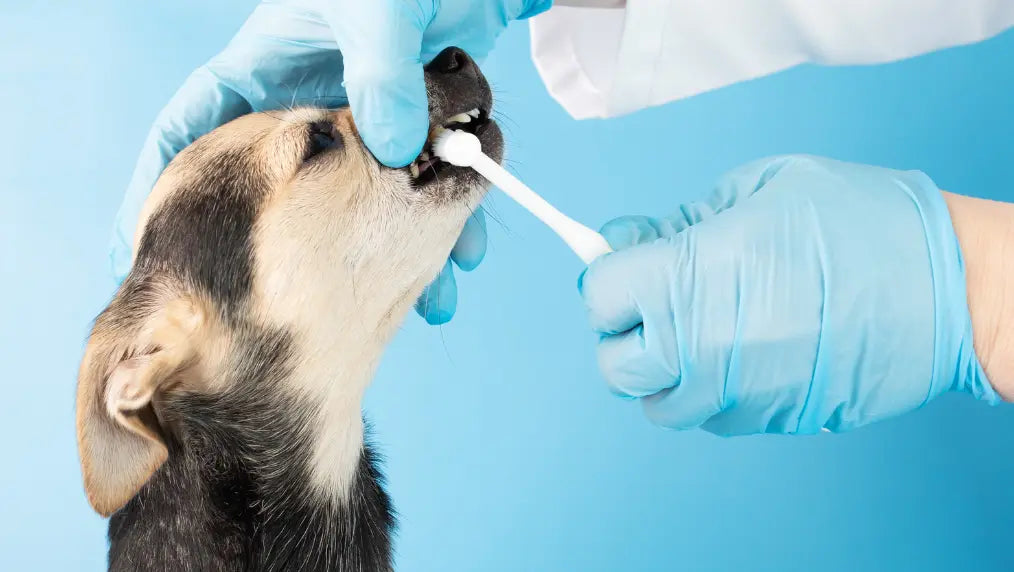Traveling with your furry feline friend can be a delightful experience, but it requires thoughtful planning and preparation to ensure a stress-free journey for both you and your cat. Whether you're going on a short road trip or embarking on a long-distance adventure, these detailed tips will help you make the most out of your travels with your beloved cat.
While some kitties do fine with travel, the majority don’t really care for it. After all, cats are creatures of habit. They don’t appreciate changes to their daily routine — and being placed into a pet carrier and transported through new sights, sounds, and smells is certainly a big change. Fear not, though pet parents, it IS possible to travel with your cat both safely and peacefully by planning ahead for their needs. Here are some things to consider when traveling with cats.

Is It Necessary for Your Cat to Travel?
The first thing to consider is whether or not your cat should even come along with you on your trip. To travel with a cat is not always necessary, as many cats do not take well to being outside of their home and environment.
Obviously, if you’re moving to a new location, it makes sense to bring your fur baby with you. But if you’re just going for a little vacation or seeing family over the holidays, consider whether staying at home with a trusted friend or professional pet-sitter, or even staying at a nice cat boarding facility, would be less stressful than traveling.
Whether you have a kitten or adult cat, your pet’s health is another consideration. If your kitty has any medical issues, or gets motion sickness, ask your vet if they are healthy enough to travel, especially if traveling by plane or flying internationally. Road trips or a car ride can also be stressful for your furry friend. If someone is watching your cat while you’re away, make sure they feel comfortable administering your pet’s medications and know which symptoms to watch for.
Also Read - An Interview with Andrea Huspeni of This Dog's Life
Preparing for the Trip
Consult the Vet: Before embarking on any journey, schedule a visit to the veterinarian. More than likely, any travel with a cat will come with paperwork! Ensure your cat is in good health, up-to-date with vaccinations, and obtain any necessary travel documentation or medical records. If your cat has any medical conditions, discuss potential travel-related concerns with the vet. A health certificate should be very easy to obtain.
Familiarize Your Cat with the Carrier: Make the carrier (or cat backpack) a comfortable and familiar space for your cat by placing soft bedding, toys, and treats inside. Gradually introduce the carrier to your cat in the weeks leading up to the trip, allowing them to explore it at their own pace.
Identification and Microchipping: Ensure your furry friends have proper identification, such as a collar with an ID tag and a personalized travel tag. Consider microchipping as an extra precaution in case your cat gets lost during the journey. If you are traveling with service animals, be sure to have all of the proper paperwork and adhere to the pet policies.
Check out our cat grooming product
Choosing the Right Cat Carriers

Select a carrier that is spacious enough for your cat to stand, turn around, and lie down comfortably. Opt for a carrier that is well-ventilated and secure to prevent any escape attempts during the journey. The carrier for should be secure and the bag should be a safe, cozy space.
Always be sure to allow your cat to become familiar with the carrier by placing it in your home and encouraging them to explore and nap inside. This will reduce anxiety and stress during travel.
Practicing Short Trips
To help your cat adjust to the idea of traveling, take them on short trips in the car. Start with brief drives around the neighborhood and gradually increase the duration. Offer their favorite treats and positive reinforcement to create a positive association with car rides. Most cats will slowly start to adjust to the feeling of being in the car in a closed carrier.
What Essentials Are Needed For Car Rides?
a. Food and Water: Bring sufficient food, treats, and bottled water from home. Water dishes are great to keep on hand for longer periods of travel. Travel can disrupt your cat's digestive system, so stick to their regular diet and feeding schedule as much as possible.
b. Medication and First Aid Kit: Carry any necessary medications, along with a basic first aid kit for minor emergencies. Does your cat require anti anxiety medications? Make a checklist of everything they will need in all scenarios.
c. Litter and Litter Box: Pack your cat's favorite litter and a portable litter box. Allow your cat to use the litter box during rest stops. You can even pack a leash for your kitty as some like to take their cat for a walk on long distances. Having a leash ready in the back seat is a great idea when traveling with a cat because they can go to the bathroom outside and you won't have to worry about creating a litter box each time.
d. Grooming Supplies: Bring grooming tools and familiar brushes to maintain your cat's coat and provide comforting grooming sessions during the trip. When driving, there will always be a pet store along the way that you can pick some of these items up at.
Staying Safe in the Car

Any road trip should begin safely. Always be sure to secure your cat's carrier for car travel. Place the carrier in a secure spot in the car, such as the backseat, and buckle it in with a seatbelt. Avoid positioning it in front of an airbag. A proper pet carrier is necessary.
There are tons of cat carrier designs on the market, but the best option is always the one that feels cozy, comfortable, and peaceful for your cat. If you can find a carrier that your cat is not terrified of, that’s it: That’s the gold standard. You typically can’t do better than that.
Just remember, no free roaming! While it may be tempting to let your cat roam freely, it's essential to keep them in the carrier during the journey, as well as on a leash when outside. Loose cats can be a distraction for the driver and may be at risk during sudden stops or accidents.
And never, ever keep your cat along in a car. Especially in a hot car! Keep them comfortable and safe, and they should go wherever you go.
Accommodation and Destination
a. Pet-Friendly Accommodation: Before setting out, ensure your accommodation is pet-friendly and confirm any pet-related policies.
b. Create a Safe Space: Upon arrival at your destination, designate a safe and quiet space for your cat to explore at their own pace. Provide familiar items, such as their bed and toys, to ease the transition.
What’s Required for Interstate Travel with a Cat?
Travel within the continental U.S. is much simpler than overseas travel in terms of requirements — but that doesn’t necessarily mean there’s no paperwork involved.
Check the requirements of your final destination, as well as any states you’ll be traveling through. Some require pet owners to carry health certificates and/or proof of rabies vaccination.
Traveling Internationally (Including Hawaii) With a Cat
If you’re traveling outside of the continental United States (or bringing your pet home after living overseas), you could be facing lots of regulations and paperwork. For some locations, the process begins months in advance — so it’s very important to check all the requirements well ahead of time.
Refer to government organizations such as the Department of State or APHIS (part of the USDA), or the embassies of foreign governments.
Bond Vet is pleased to offer international health certificates for pets — if you're not near a Bond Vet, try calling local vets or consider working with a professional pet transportation company.
Special Considerations for Cat Travel by Plane

Not all airlines allow pets, and many have restrictions on travel for certain breeds (especially short-nosed breeds like Persians that are more prone to heatstroke and respiratory problems), or restrictions on pet travel during hot or cold times of the year. There may even be an extra cost to include your cat on the trip.
Additionally, many airlines limit the total number of pets allowed in the cabin (versus the cargo hold) on any given flight. Traveling with a cat seems like a great idea in theory, but there is a lot to plan for in advance to reduce stress and double check that everything is taken care of.
My best advice is to book early! Book your plane ticket(s) well in advance to be sure your pet has a spot, and get your fur kid’s reservation in writing. And be sure to follow the airline’s rules for carrier types, sizes, and weights, and whether a health certificate is required for the trip. In general, airline rules are not flexible. The carrier also needs to be airline approved.
With all the complexities of air travel and certain risks (especially for pets traveling in cargo), it may be worth reassessing to see if driving is a better option. If you must travel by air, try to book a direct flight.
Also Read - Soothing Thunder Remedies: A Guide for Anxious Dogs
Conclusion
Traveling with a cat requires preparation, patience, and plenty of love. By following these detailed tips, you can make your journey with your beloved feline companion a memorable and enjoyable experience. Remember, your cat's comfort and safety should always be the top priority, and with the right planning, you can create beautiful memories together on the road. Happy travels!





